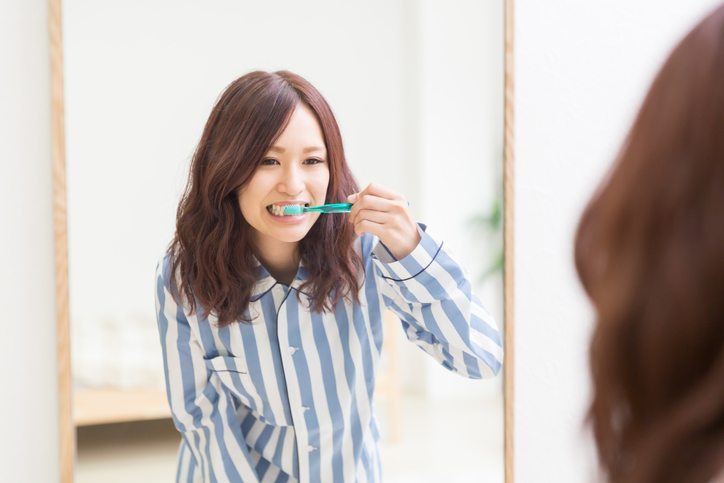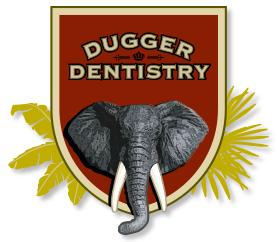Breaking Common Brushing Mistakes

When it comes to funs ways to spend your afternoon, dental fillings, root canals, and laser dentistry in West Linn probably rank at or near the bottom for most people. While our team of gentle dental hygienists strive to provide a comfortable and relaxing experience for all of our patients at Dugger Dentistry, we understand that not everyone enjoys visiting the dentist.
Fortunately, there are a number of ways to make your next appointment to see Dr. Dugger less stressful, and it starts with learning the best techniques for how to brush your teeth. If you fail to practice quality oral hygiene, you allow the bacteria found in plaque – a sticky, yellowish film that develops on the surface of your teeth – to contribute to the development of tooth decay and gum disease. Unless plaque is properly removed daily, your oral health will suffer now and into the future.
If daily brushing ranks as the best way to protect the health of our teeth, then learning the best way to brush means being better able at protecting your long-term oral health. Unfortunately, what most of us learned as kids about how to brush has been updated as dentistry and toothbrush technology has continued to improve.
Here are a few tips on how to improve your brushing technique and what bad habits you need to break:
Brushing with the Wrong Toothbrush
When you pick out your next toothbrush at the grocery store or pharmacy, make sure to avoid selecting hard bristled brushes as using them can cause damage to your gum tissue. Select a brush labeled as “soft” and choose a size and shape that will easily fit in your mouth. Selecting a brush head that’s too large can make brushing uncomfortable and prevent you from properly cleaning all areas of your mouth.
Replace Your Toothbrush Regularly
While your toothbrush ranks as the most effective tool for preventing tooth decay and gum disease, even the most durable tools eventually wear out. When the bristles of your toothbrush become frayed, broken, or missing, the time has come to replace your brush. The American Dental Association recommends replacing your toothbrush every three months, as brushing with one that has worn out leaves more plaque on your teeth, thereby increasing your risk of decay.
No Need to Brush in Circles
Many of us have heard that the proper way to brush our teeth is by using small, concentric circles. Turns out this is no longer the best way to brush. Nowadays, the ADA recommends “gently moving the brush back and forth in short strokes.” By brushing with shorter strokes you hit the inner and outer surfaces of each tooth and the chewing surfaces. Click here to see a video of how to properly brush.
You Don’t Brush for Long Enough
Just like shaving, combing your hair, or applying makeup, it takes time to properly brush. Unfortunately, studies have shown that the average American only spends about 30 seconds brushing each day. According to the ADA, we actually need to spend at least two minutes brushing EACH time we brush. If you brush once in the morning and again before bed, you should spend at least four minutes brushing each day. Failing to brush for the right amount of time just increases the chance that you miss plaque and food particles that linger on the surface of your teeth. The more of these substances that remain in your mouth after eating, the higher your risk becomes of tooth decay and gum disease.
Don’t Skip the Flossing
Flossing plays a vitally important role in protecting your oral health because the habit helps to remove food and plaque from areas of your mouth a toothbrush cannot reach – in-between your teeth and below the gum line. By ignoring this habit, you leave more than enough harmful substances in your mouth that can contribute to decay. If you want to avoid afternoons of dental fillings, root canals, and laser dentistry in West Linn, make sure to find the time to floss.
